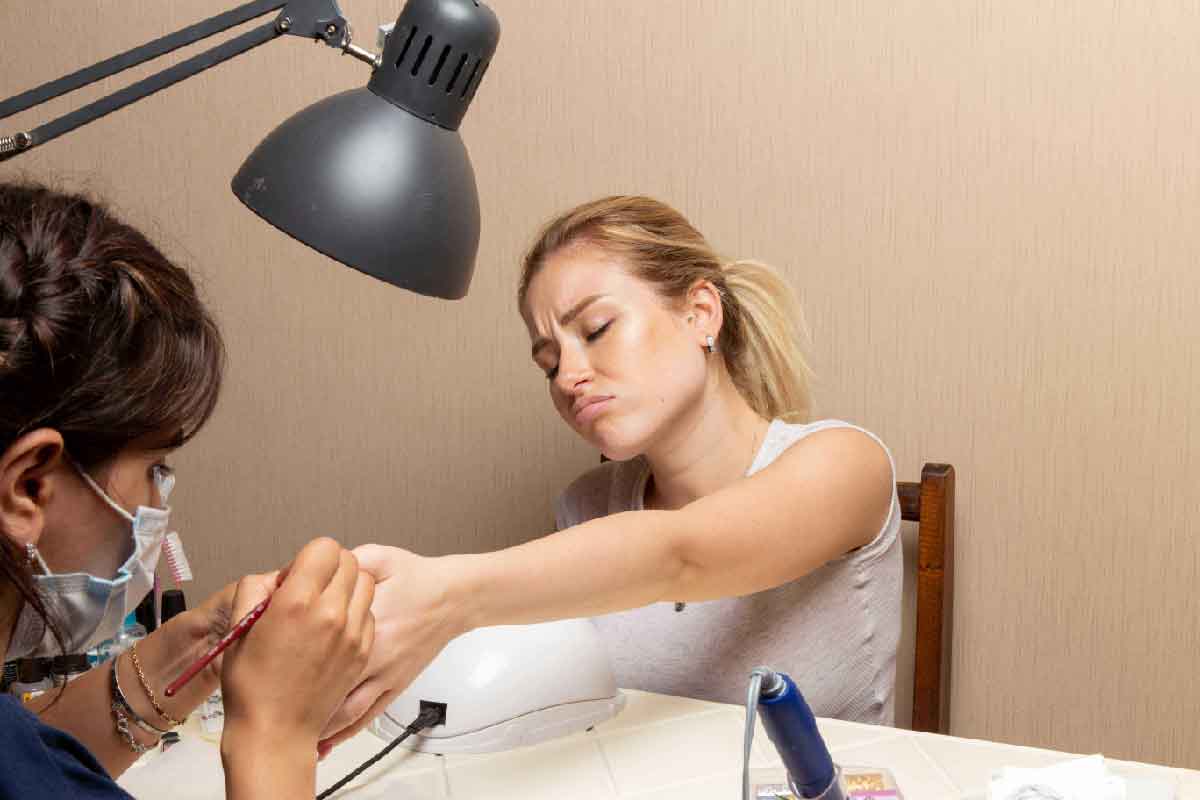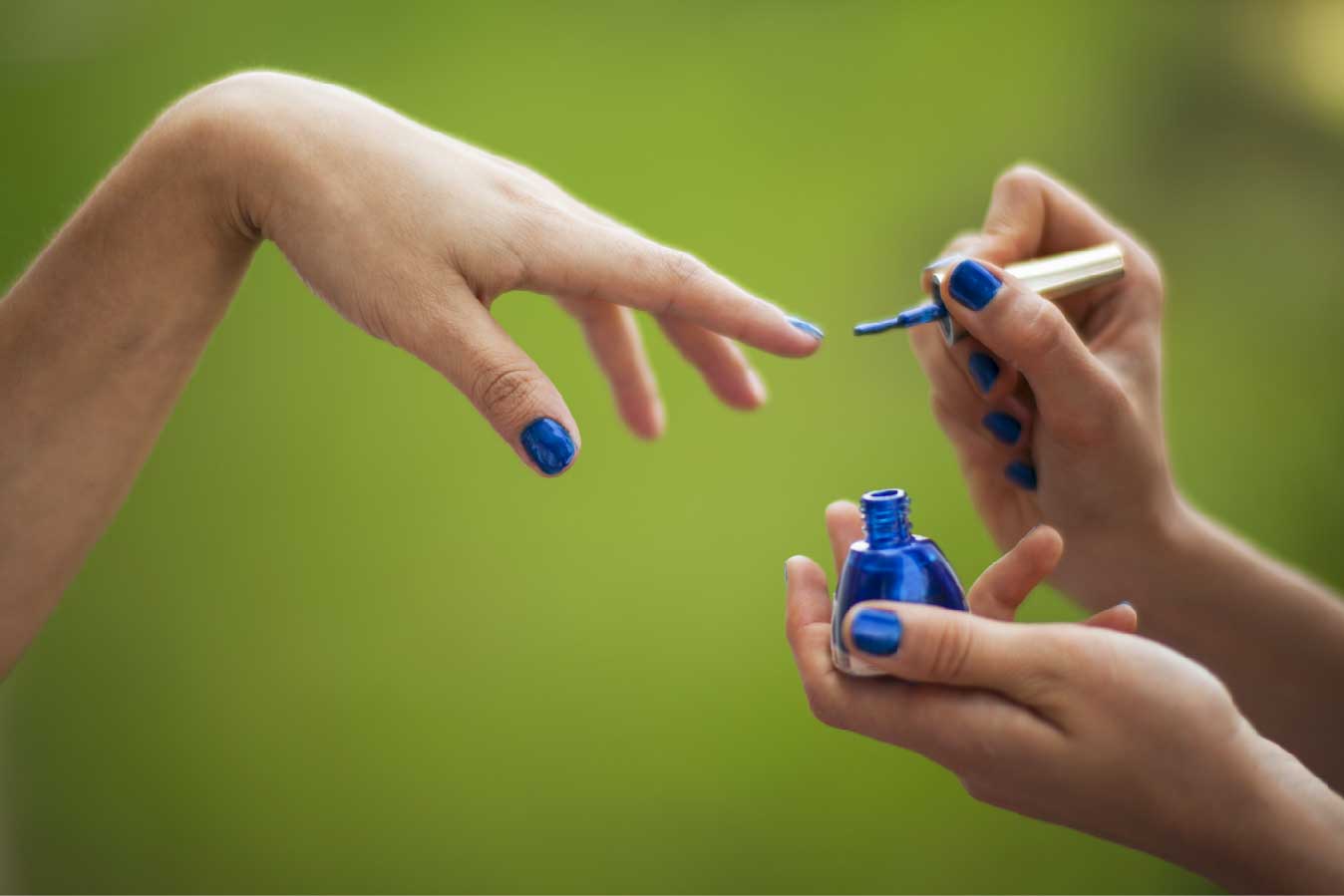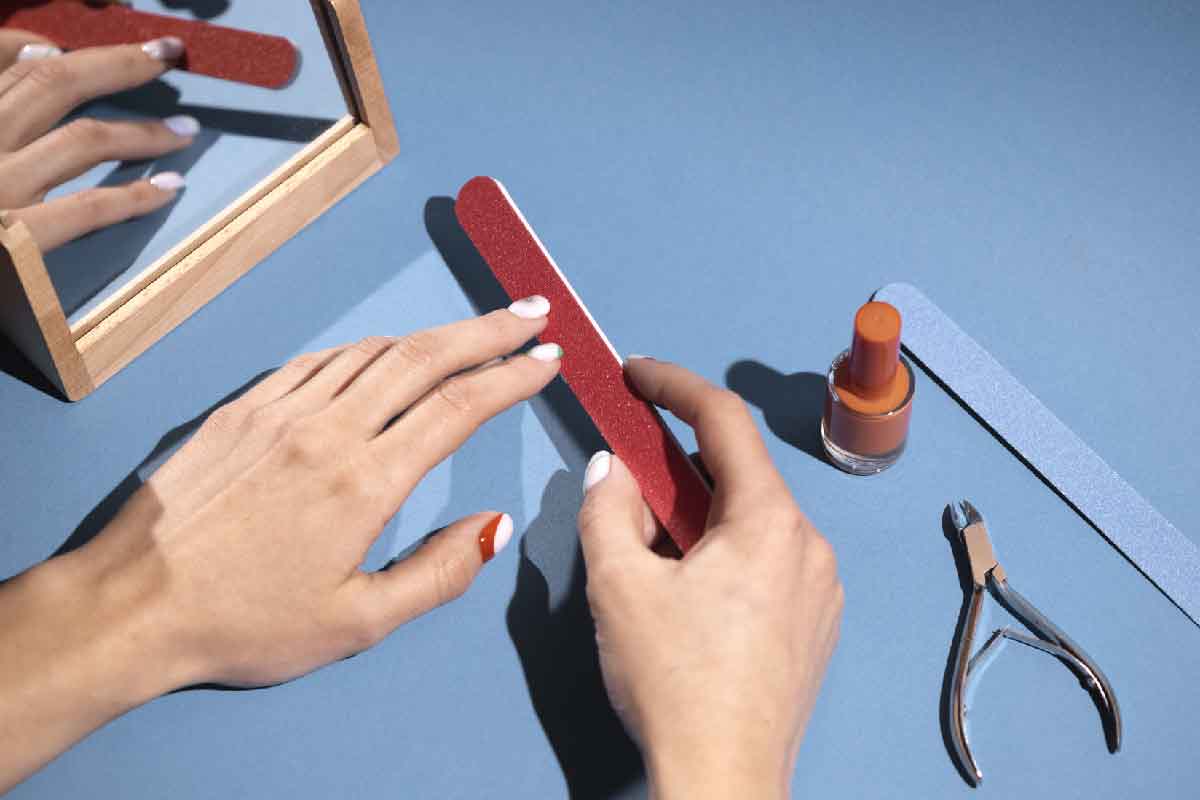
Why Can’t You Stop Biting Your Nails?
A 30-Day Plan to Break the Habit for Good
Nail biting may seem like a small bad habit, but for many, it’s a deeply ingrained behavior that affects confidence, hygiene, and appearance. If you’ve tried to stop but always end up back where you started, this guide will help you understand the root causes — and give you a step-by-step plan to break free within 30 days.
Why Do We Bite Our Nails? Understand the Root Cause
Nail biting — or “onychophagia” — is often a subconscious behavior triggered by a mix of psychological, physical, and environmental factors.
Psychological triggers:
Stress, anxiety, or nervousness
Boredom or lack of stimulation
Mental overload from work or school
Low self-esteem or depression
Imitating others (especially in children)
Physical factors:
Imbalance of brain chemicals
Vitamin B or magnesium deficiency
Hormonal shifts (e.g., during adolescence)
Rough or jagged nail edges
Environmental influences:
High-pressure surroundings
Major life changes
Family conflicts or emotional tension
Competitive or perfectionist culture
The Hidden Dangers of Nail Biting
You might think it's harmless — but chronic nail biting can seriously affect your health, mental state, and image.
Health risks:
Bacteria and viruses entering through small wounds
Nail bed infections and inflammation
Digestive issues from swallowing nail fragments
Tooth damage and gum problems
Risk of E.coli and other harmful bacteria
Mental/emotional effects:
Reduced self-confidence
Social embarrassment
Constant stress from hiding your hands
Impact on work or social interaction
Appearance issues:
Ragged, unattractive nails
Poor impression in professional settings
Can’t enjoy nail art or manicures
Dry, rough fingertips
How Bad Is It? Know Your Level
Mild:
Occasional biting
No wounds or infection
Still somewhat in control
Moderate:
Frequent biting
Short, damaged nails with small wounds
Affects daily life
Severe:
Bleeding or infected nails
Unable to stop even with effort
Interferes with social/work life
30-Day Plan to Stop Biting Your Nails
Week 1: Awareness & Prep
Days 1–3: Identify the Triggers
Track when and why you bite your nails
Log emotions and situations in a notebook
Take "before" photos for motivation
Days 4–7: Get the Tools Ready
Buy cuticle cream or nail treatment
Find fidget toys or stress balls
Keep gum or snacks as substitutes
Week 2: Physical Barriers
Method 1: Bitter nail polish
Apply daily, especially after showers
Reapply as needed
Combine with moisturizers
Method 2: Gloves or bandages
Wear gloves while watching TV or working
Cover nails with bandages during risky moments
Replace biting with hand-based activities
Method 3: Keep nails short
Trim nails every 2–3 days
Use a nail file to smooth edges
Moisturize after trimming
Week 3: Mental Techniques
Practice mindfulness
Try deep breathing or meditation (10–15 mins daily)
Use apps or music to guide relaxation
Reward yourself
Set short goals (3–7 days)
Give yourself small rewards
Track progress in a journal
Redirect the urge
Use fidget toys when stressed
Chew gum or eat crunchy snacks
Do hand-based hobbies like drawing or knitting
Week 4: Maintain & Reinforce
Nail care for regrowth
Use strengthening base coats
Moisturize cuticles and nails daily
Try simple home manicures
Prevent relapse
Avoid stress-triggers when possible
Have a “what-to-do-instead” plan
Ask for accountability from family or friends
Specialized Solutions
For stress-triggered nail biting:
Practice the 4-7-8 breathing technique
Exercise regularly
Reduce caffeine and sugar
Get enough sleep
Use essential oils:
Lavender mixed with hand cream
Peppermint oil on nails
Eucalyptus for calming
For children who bite nails:
Use sticker or point-reward systems
Turn nail care into a fun game
Offer attention and comfort
Avoid shaming or punishment
Nail Biting Aids & Products
Bitter nail polish:
Mavala Stop
Orly No Bite
Onyx Stop the Bite
Nail care creams:
Sally Hansen Nail Nutrition
OPI Nail Envy
Burt’s Bees Cuticle Cream
Helpful tools:
Fidget cubes
Therapy putty
Stress balls
DIY solutions:
Lemon oil and olive oil blend
Vitamin E and coconut oil
Homemade bitter lemon rub
When to Seek Professional Help
See a mental health professional if:
You can't stop despite trying everything
Nail biting leads to infections or bleeding
It's affecting your work or social life
You show signs of anxiety or depression
See a dermatologist if:
Nails are chronically inflamed
Wounds won’t heal
Your nail growth or shape is abnormal
You feel persistent pain
Healing Damaged Nails
Daily repair routine:
Apply nourishing oils (Vitamin E, coconut oil)
Avoid harsh chemicals
Stay hydrated and eat a balanced diet
For infected or painful nails:
Use antibiotic cream
Protect with gloves during chores
Avoid using nails as tools
Final Tips for Success
Use the 80/20 Rule:
Focus on the few habits that make the biggest difference:
Keeping nails short
Applying moisturizer daily
Managing stress effectively
Setting realistic goals
Avoid wasting effort on:
Expensive miracle products
Cold-turkey quitting
Harsh self-punishment
Unrealistic timelines
Keep yourself motivated:
Visualize beautiful, healthy nails
Think of the confidence you'll gain
Take weekly photos of your progress
Surround yourself with support
Start Today — Not "Next Monday"
There’s no perfect time to begin. The best day is today. The sooner you commit, the sooner you reclaim your confidence — one fingertip at a time.





